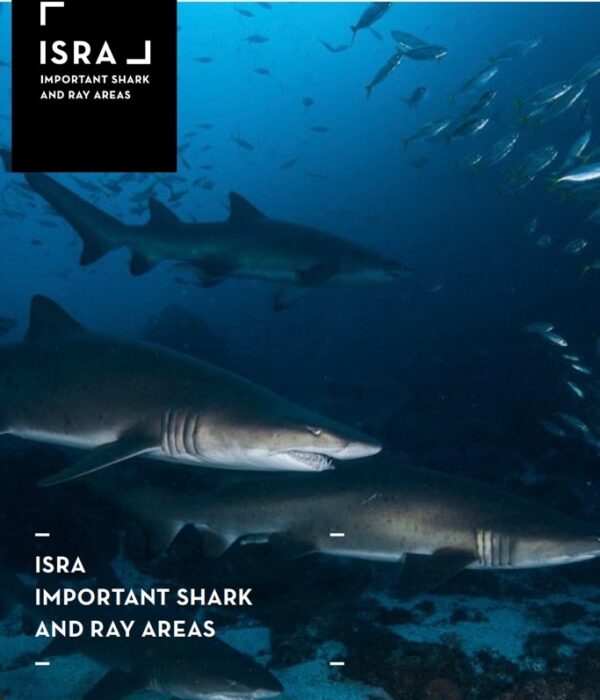The Important Shark and Ray Areas (ISRA) project has released the first electronic atlas of priority areas for sharks, rays, and chimaeras. Sharks and rays are some of the most threatened vertebrates on Earth, and the ISRA project uses the best available science to identify regions across global waters most critical for the long-term survival of sharks, rays, and chimaeras. These include places where species of concern mate, reproduce, feed, rest, or aggregate as well as key stopovers during a migration.
The new Atlas is being launched at the 5th International Marine Protected Areas Congress (IMPAC5) in Vancouver, Canada which brings together over 3,000 leading global ocean conservation professionals to chart the course towards protecting 30 percent of the world’s ocean by 2030.
“The ISRA project will provide decisionmakers with spatial information on areas that are most critical to species and that can be managed for conservation,” said Dr Rima Jabado, ISRA project leader and Chair of the IUCN Species Survival Commission Shark Specialist Group.
Initiated in late 2021, the ISRA project is based on similar efforts to identify key habitats for birds and marine mammals. Areas are delineated through a consultative process and during regional workshops that bring together local experts who are familiar with the species and waters in their region.
This first release of Important Shark and Ray Areas focuses on the Central and South American Pacific Region (from the Gulf of California in Mexico to the tip of Chile) and consolidates information contributed and gathered by over 50 regional experts working across the field of marine conservation.
Supported by the Shark Conservation Fund (SCF), the two upcoming workshops in 2023 will focus on the Mediterranean and Black Seas and Western Indian Ocean. An updated Atlas is expected to be released after each of these meetings to ensure the most updated data are available online. Geographic information System (GIS) layers for each area will be made freely available for scientists, managers, conservationists, or the interested public upon request.
The ISRA electronic atlas is available here.
